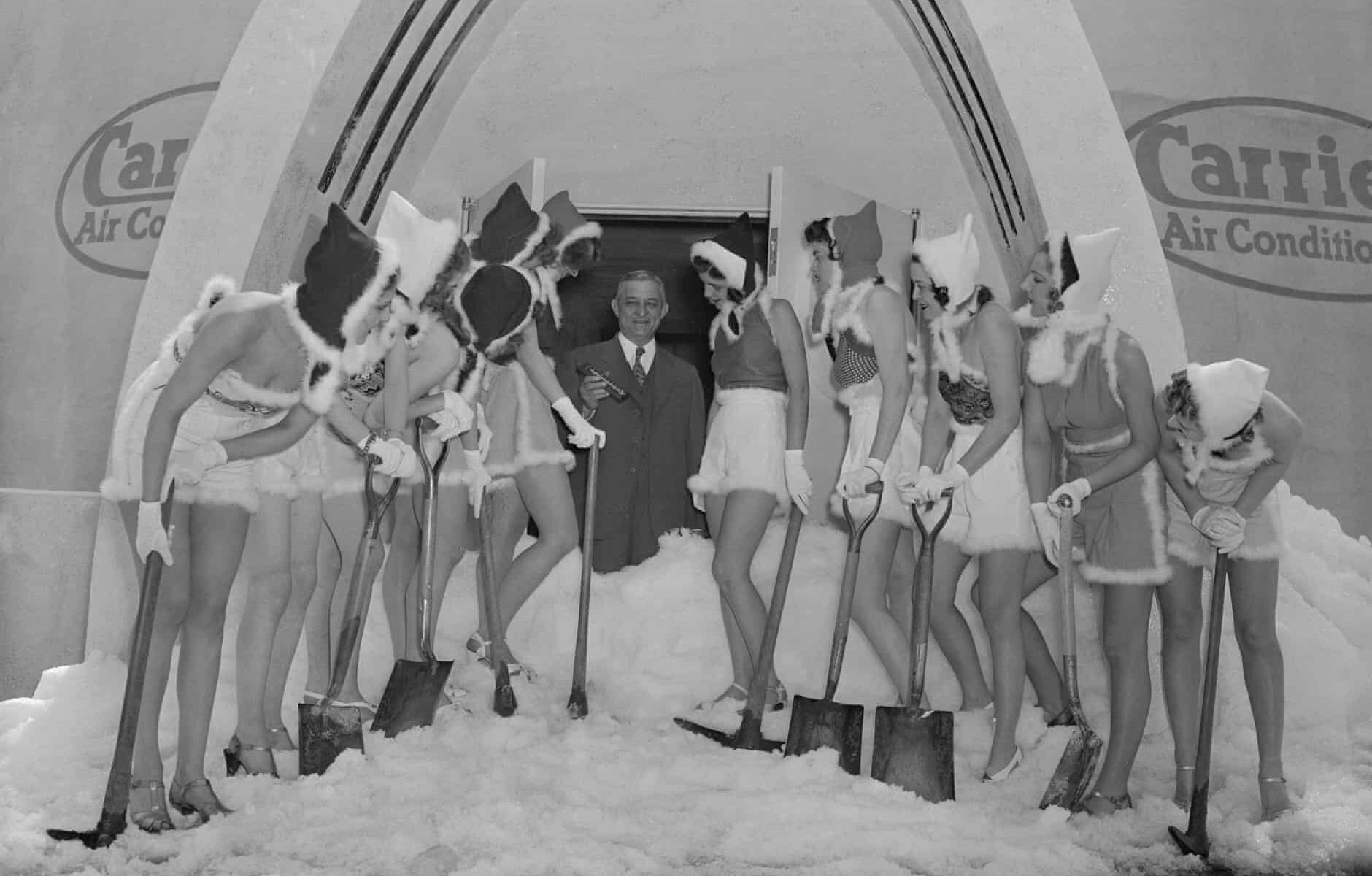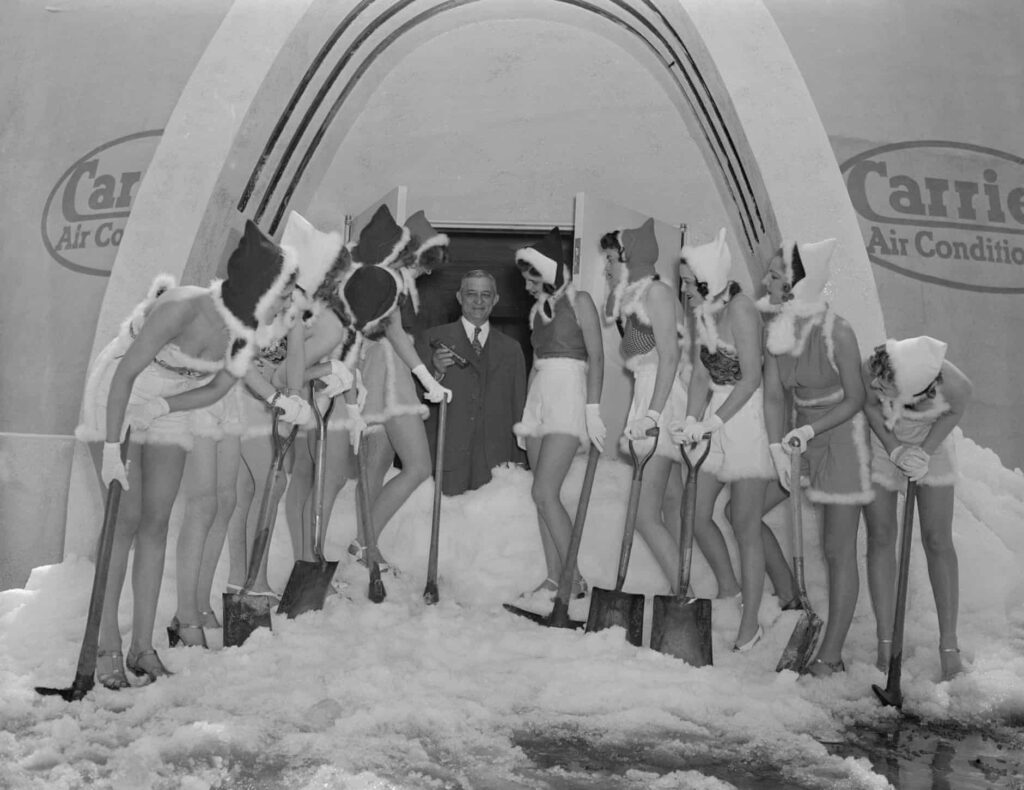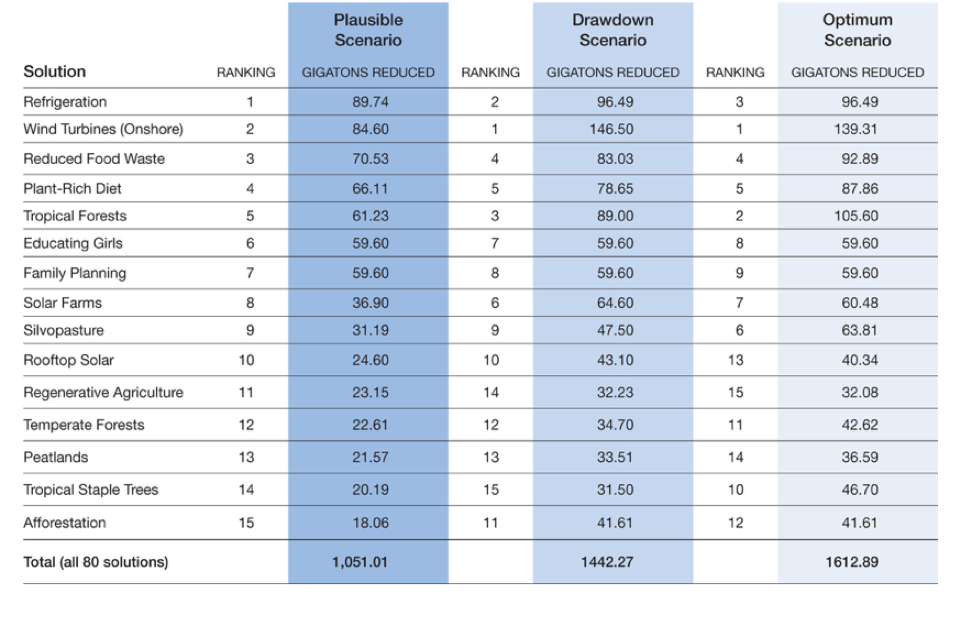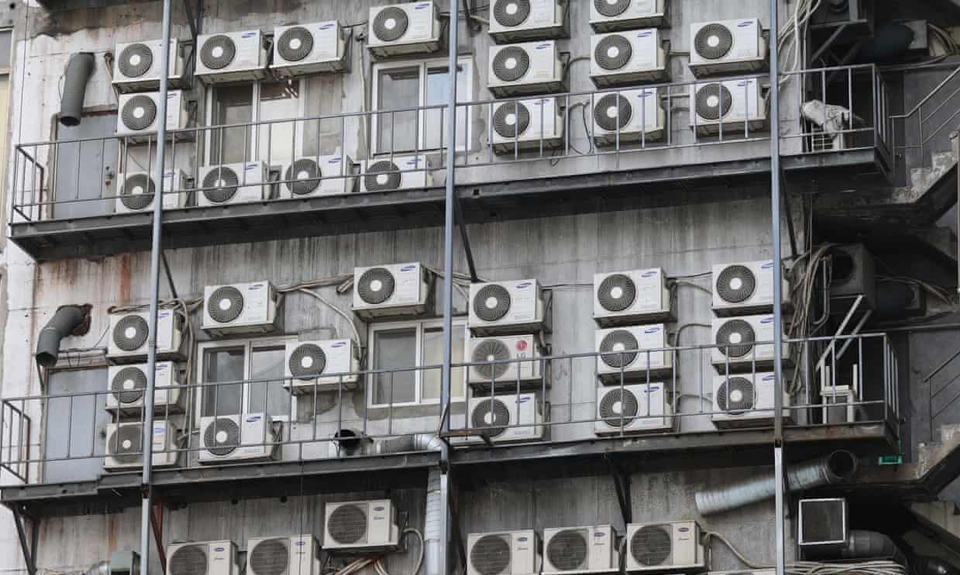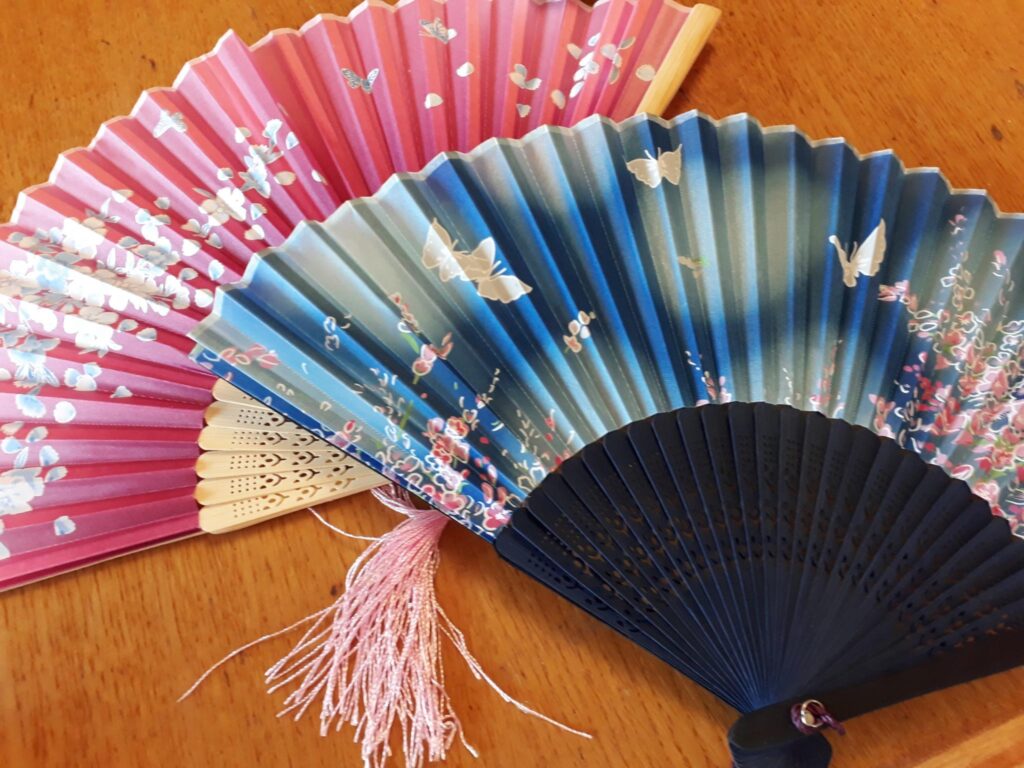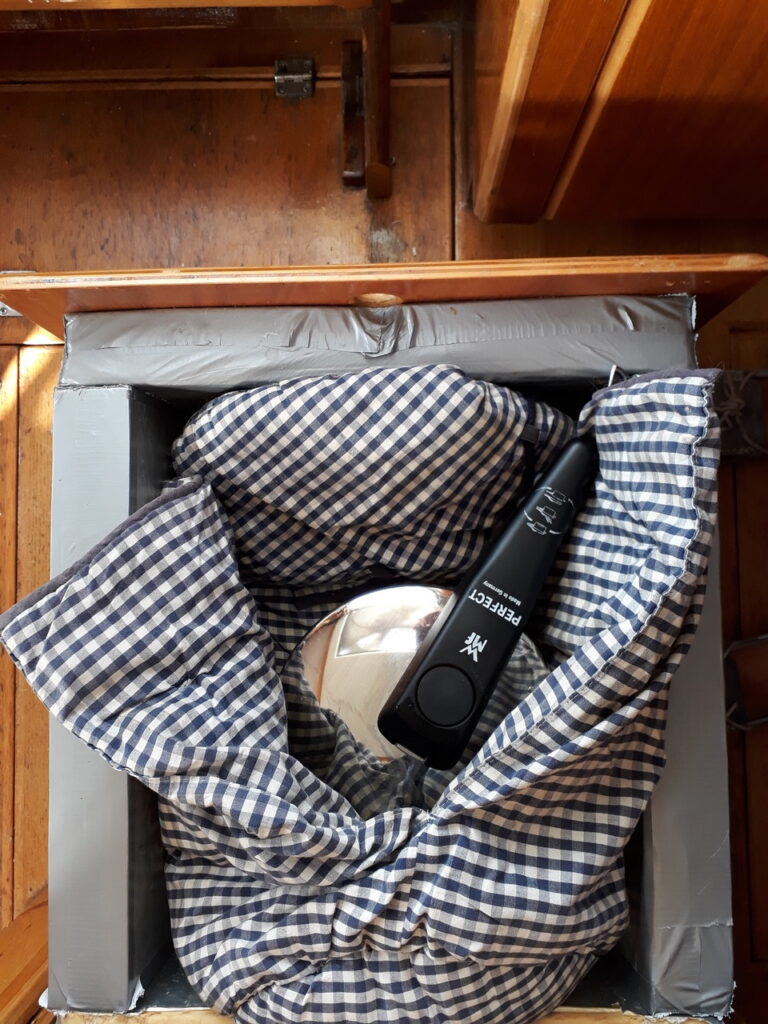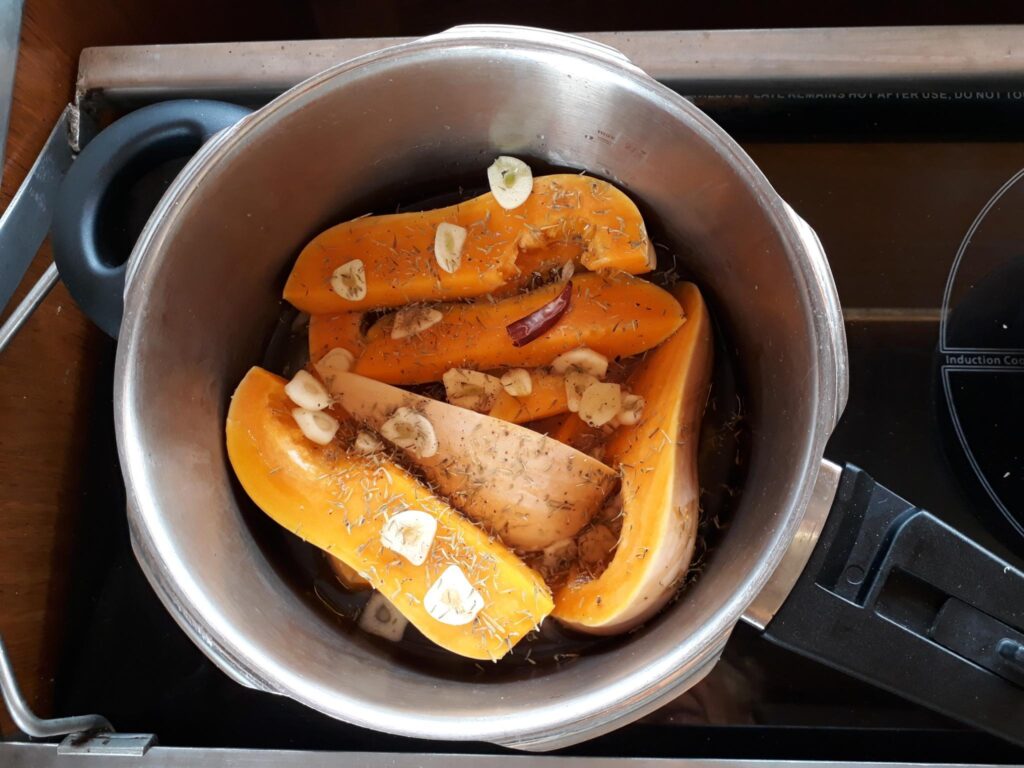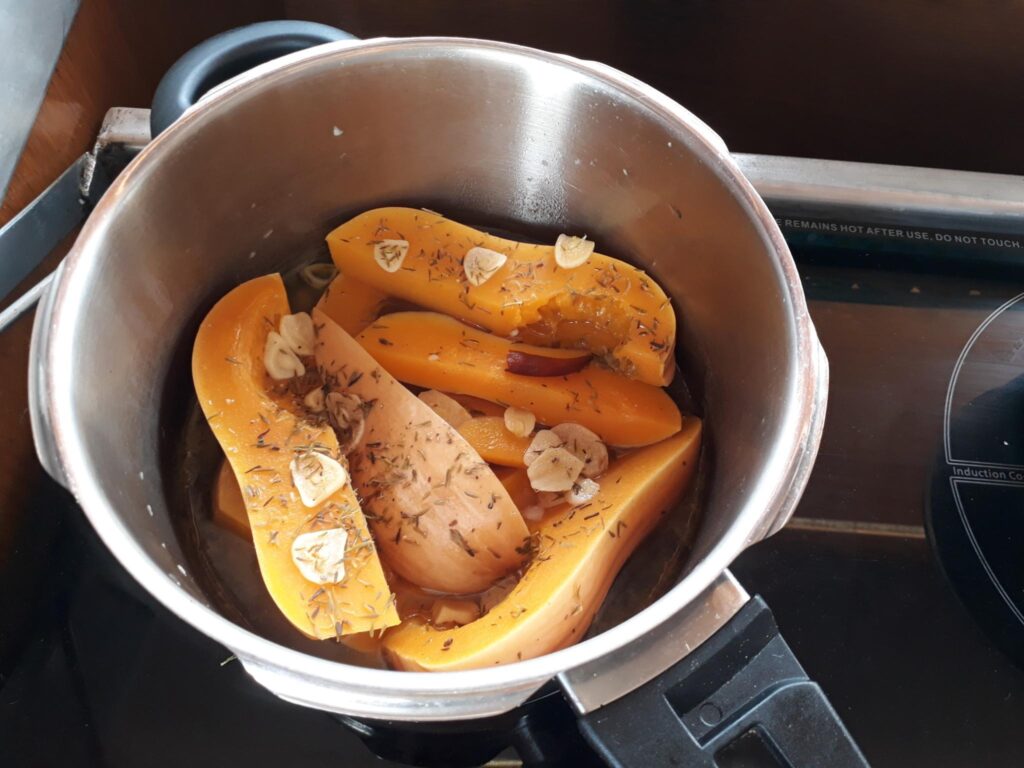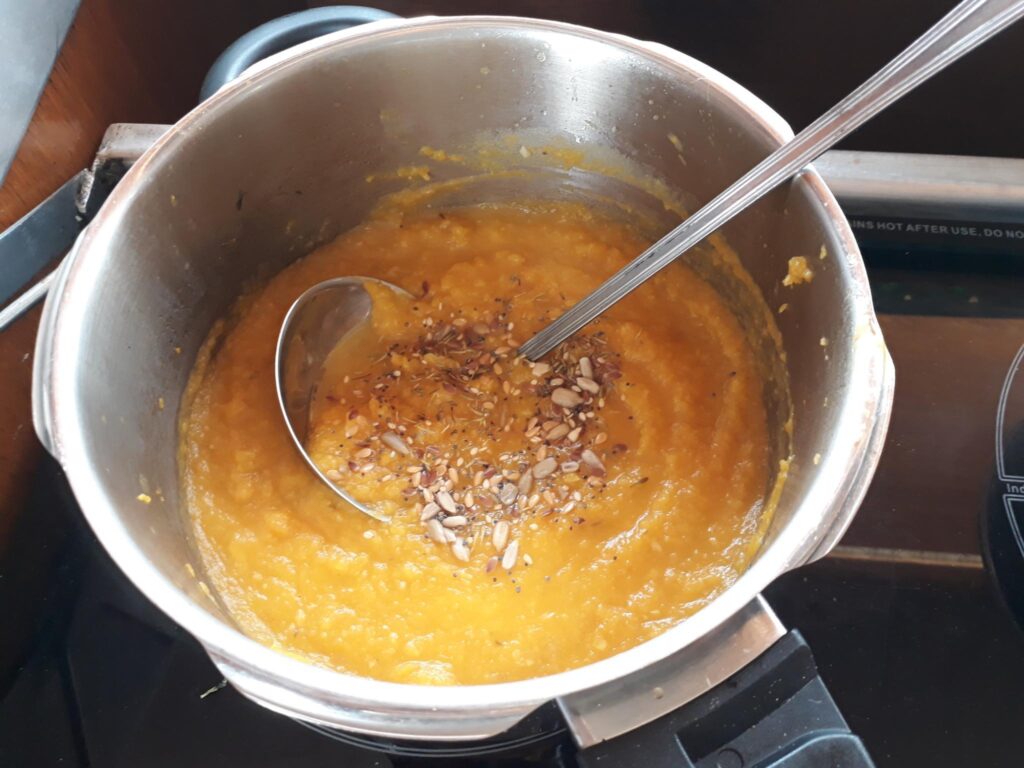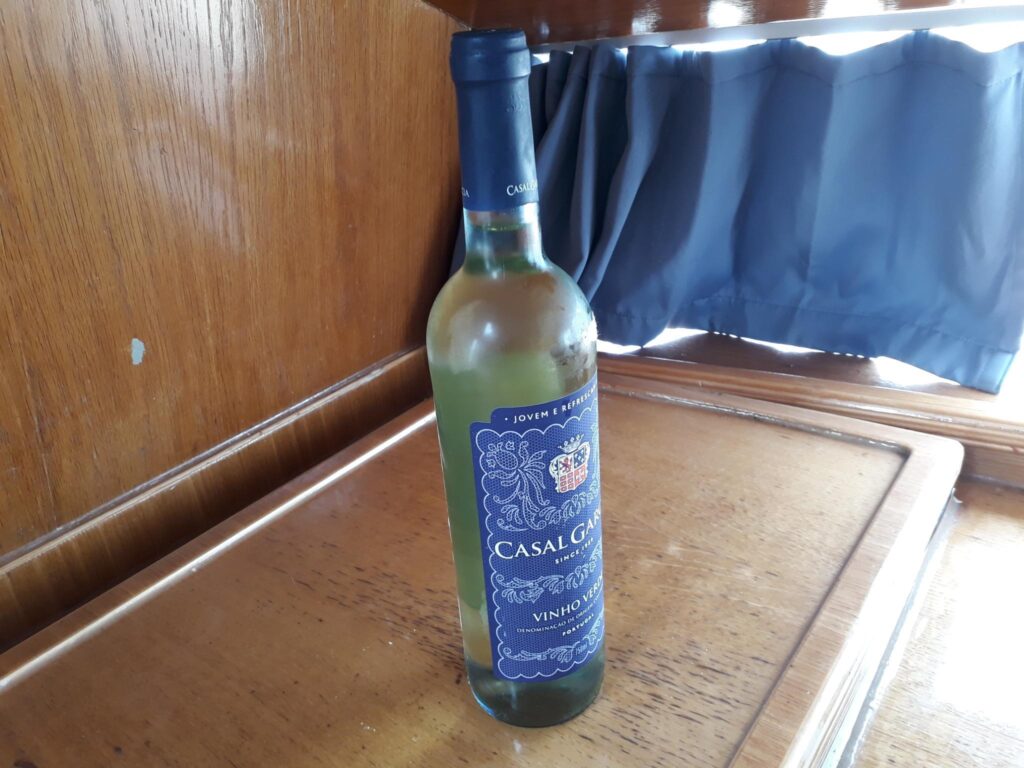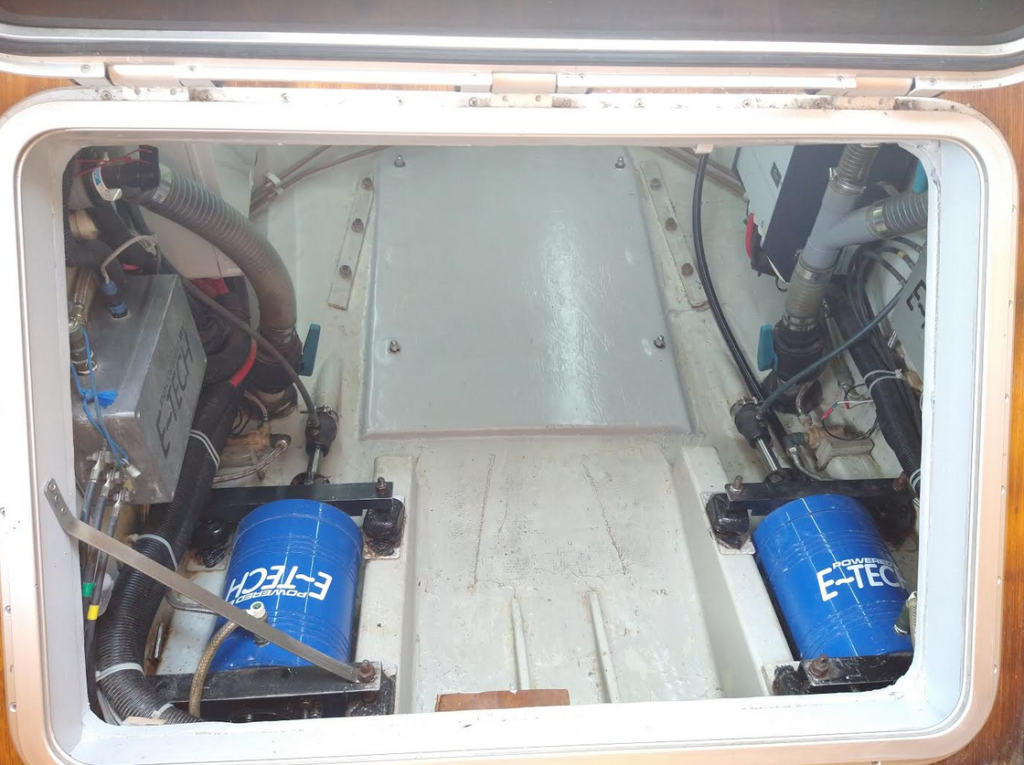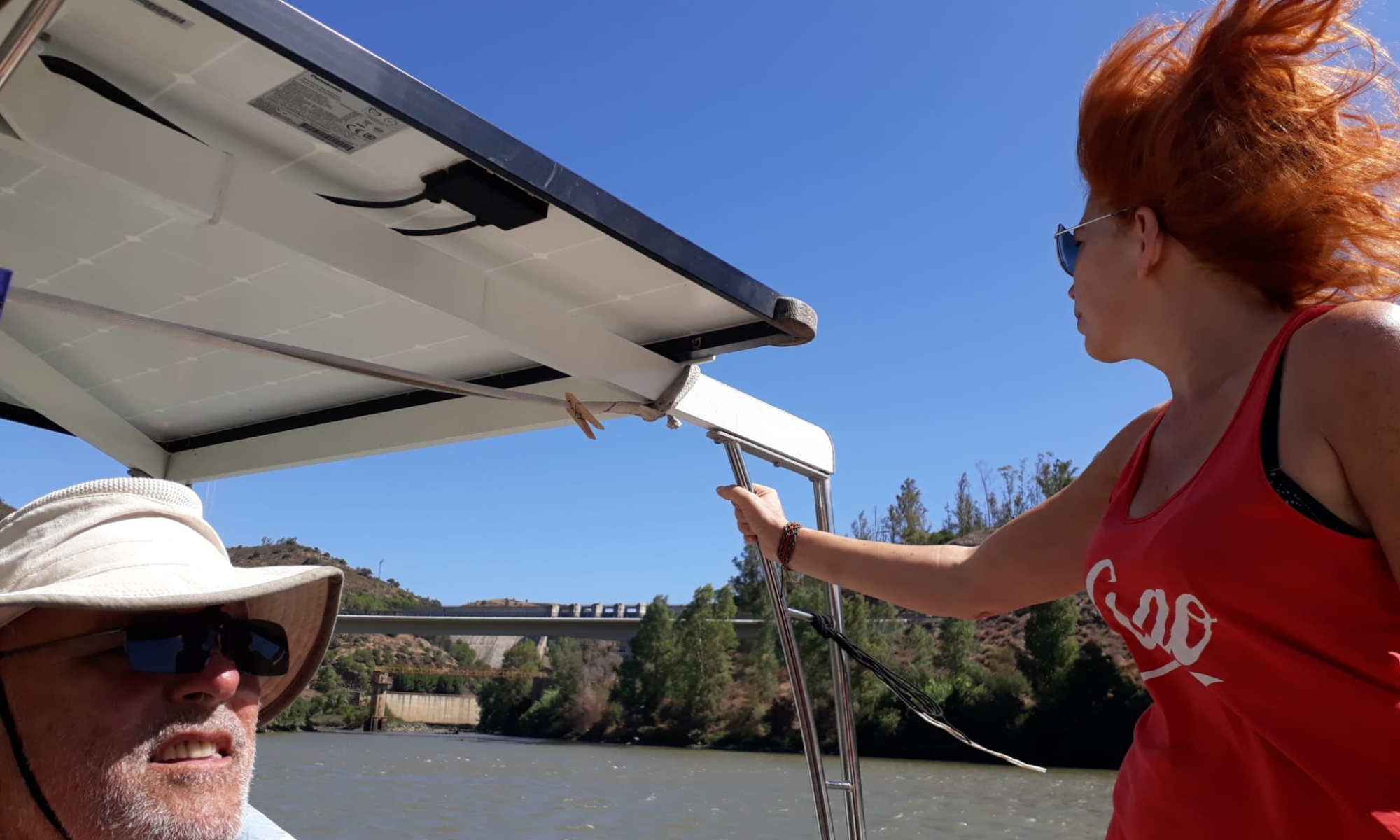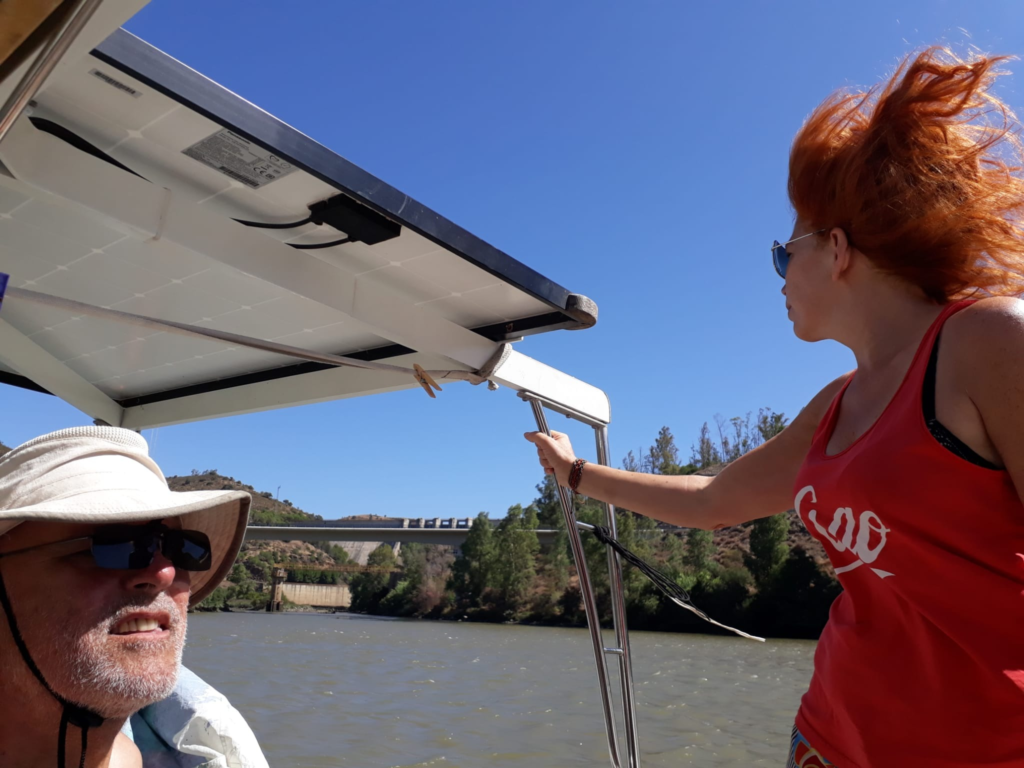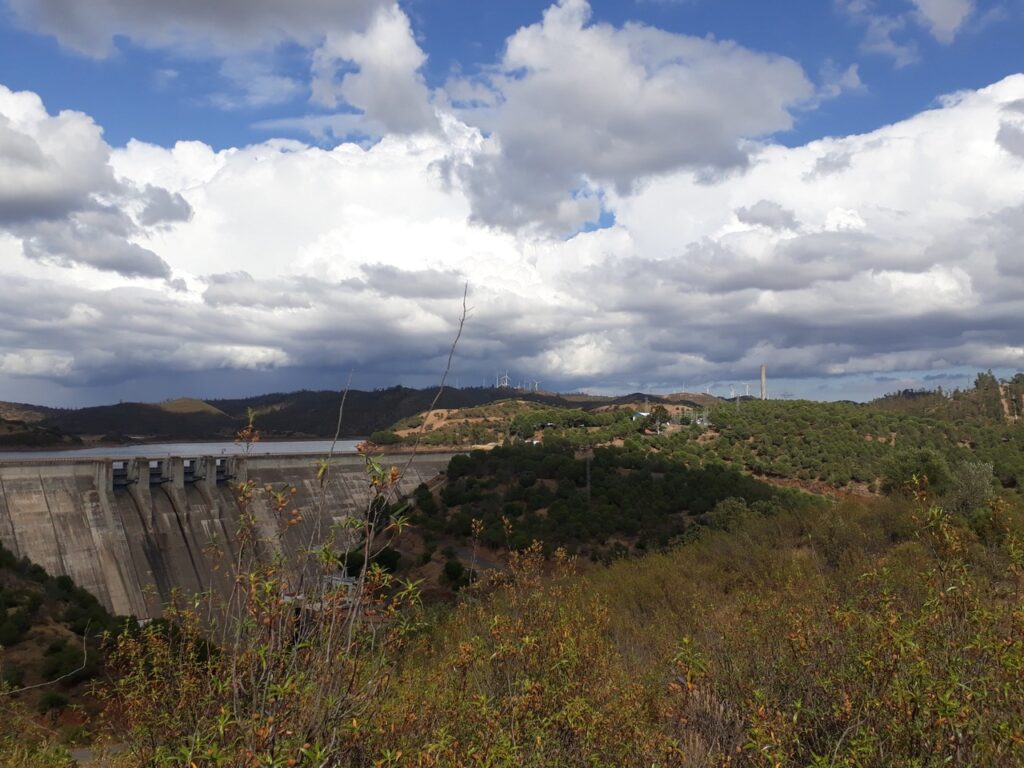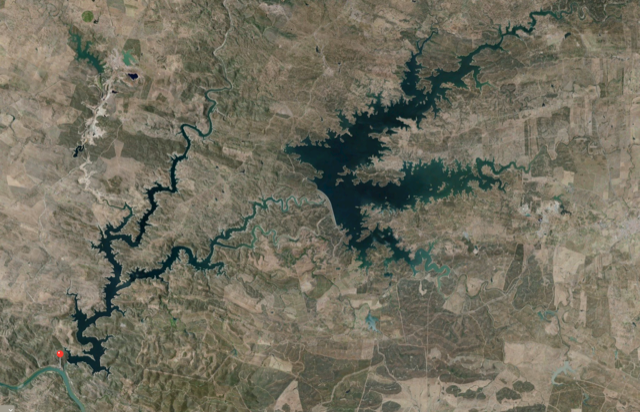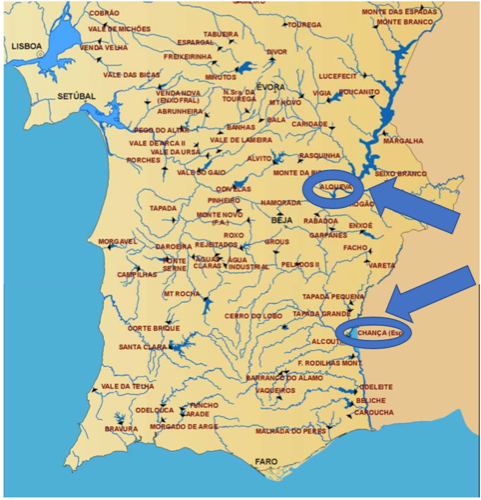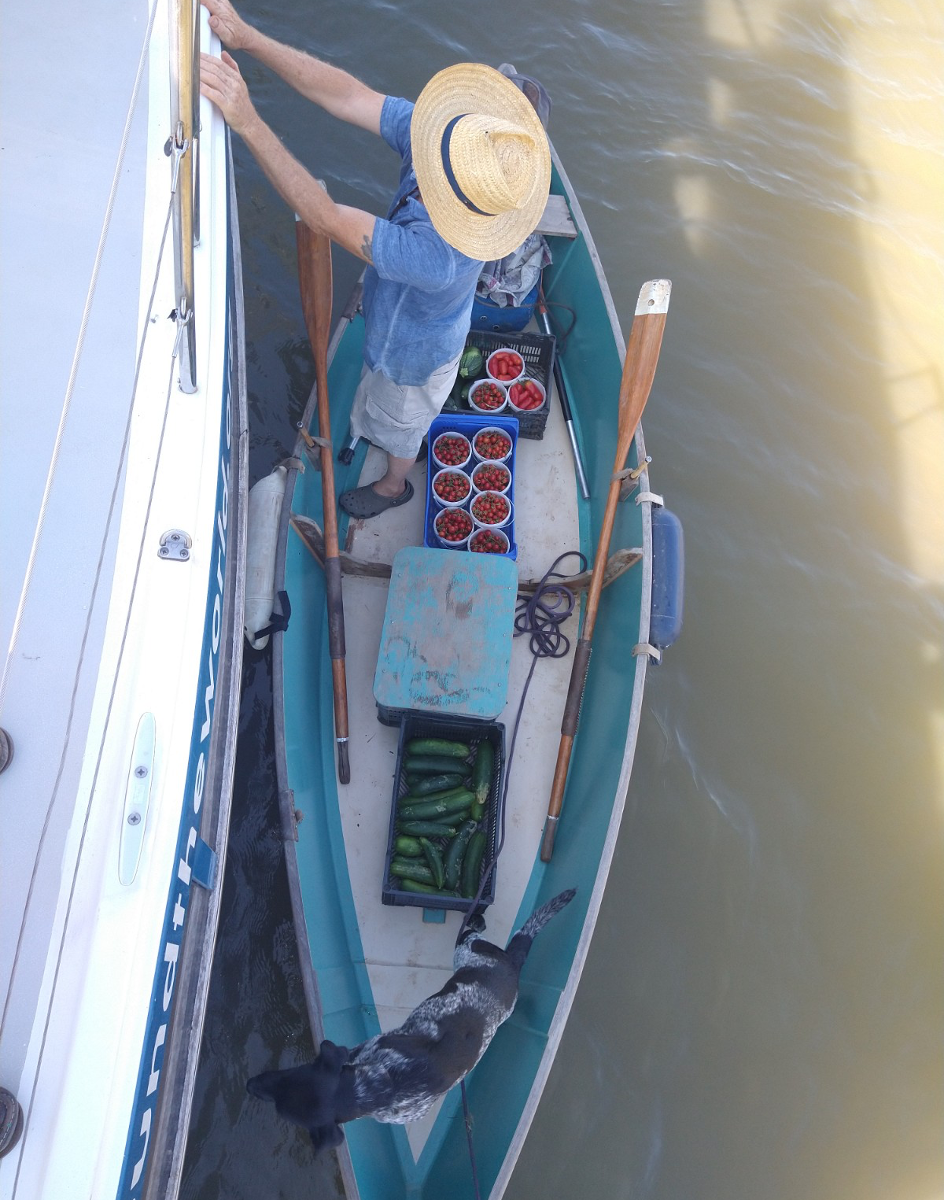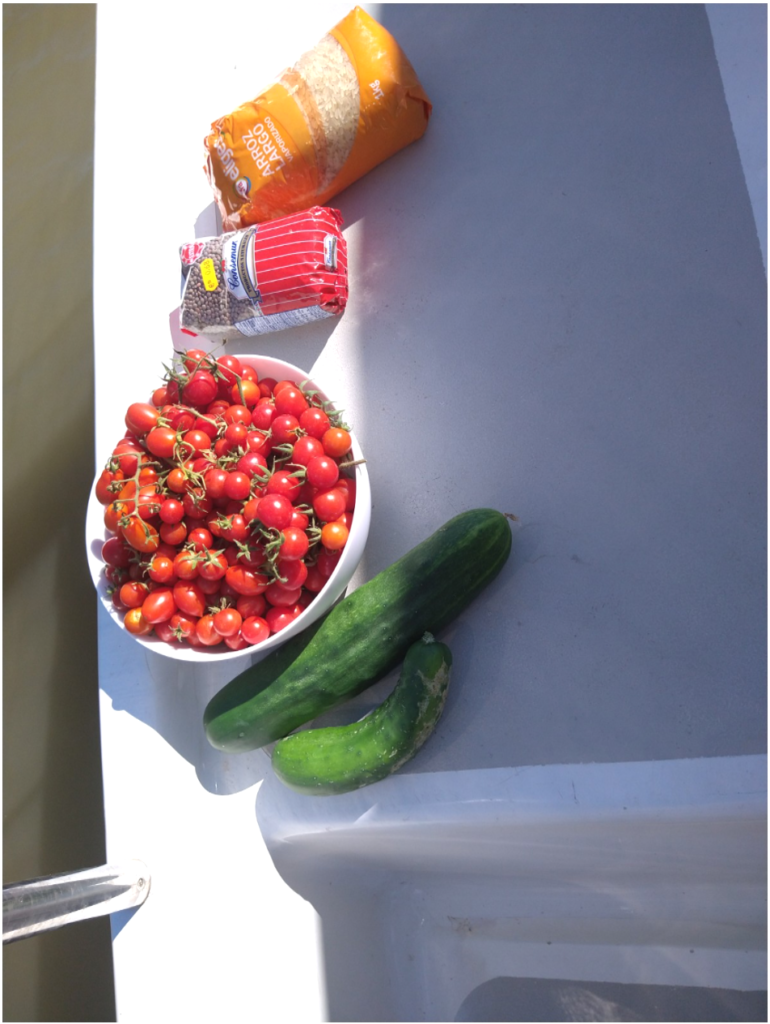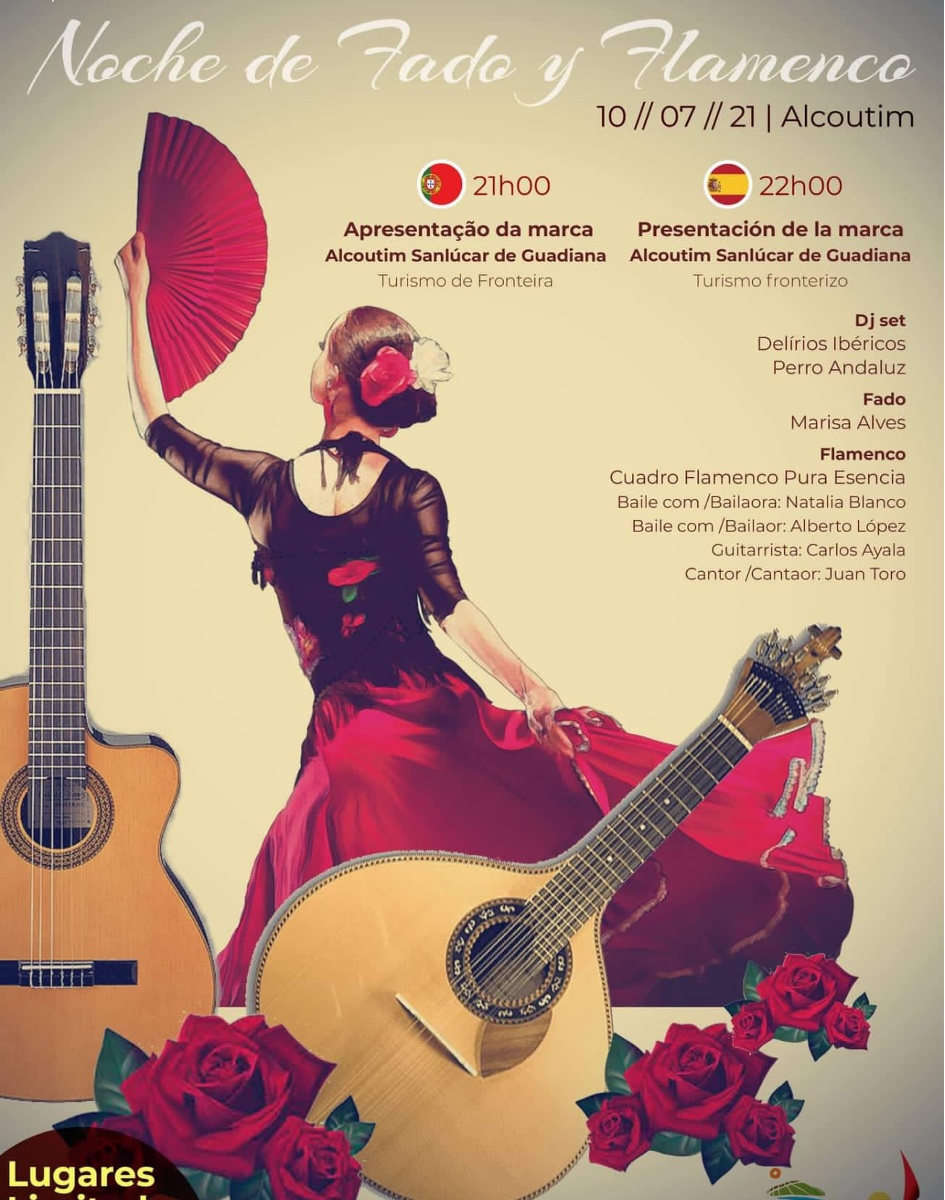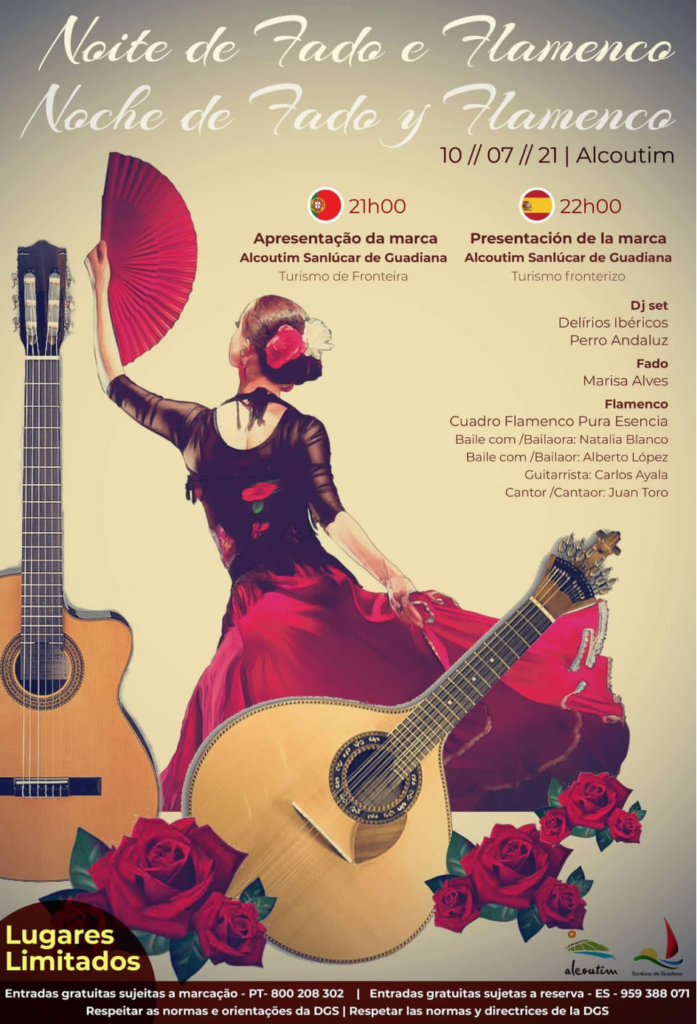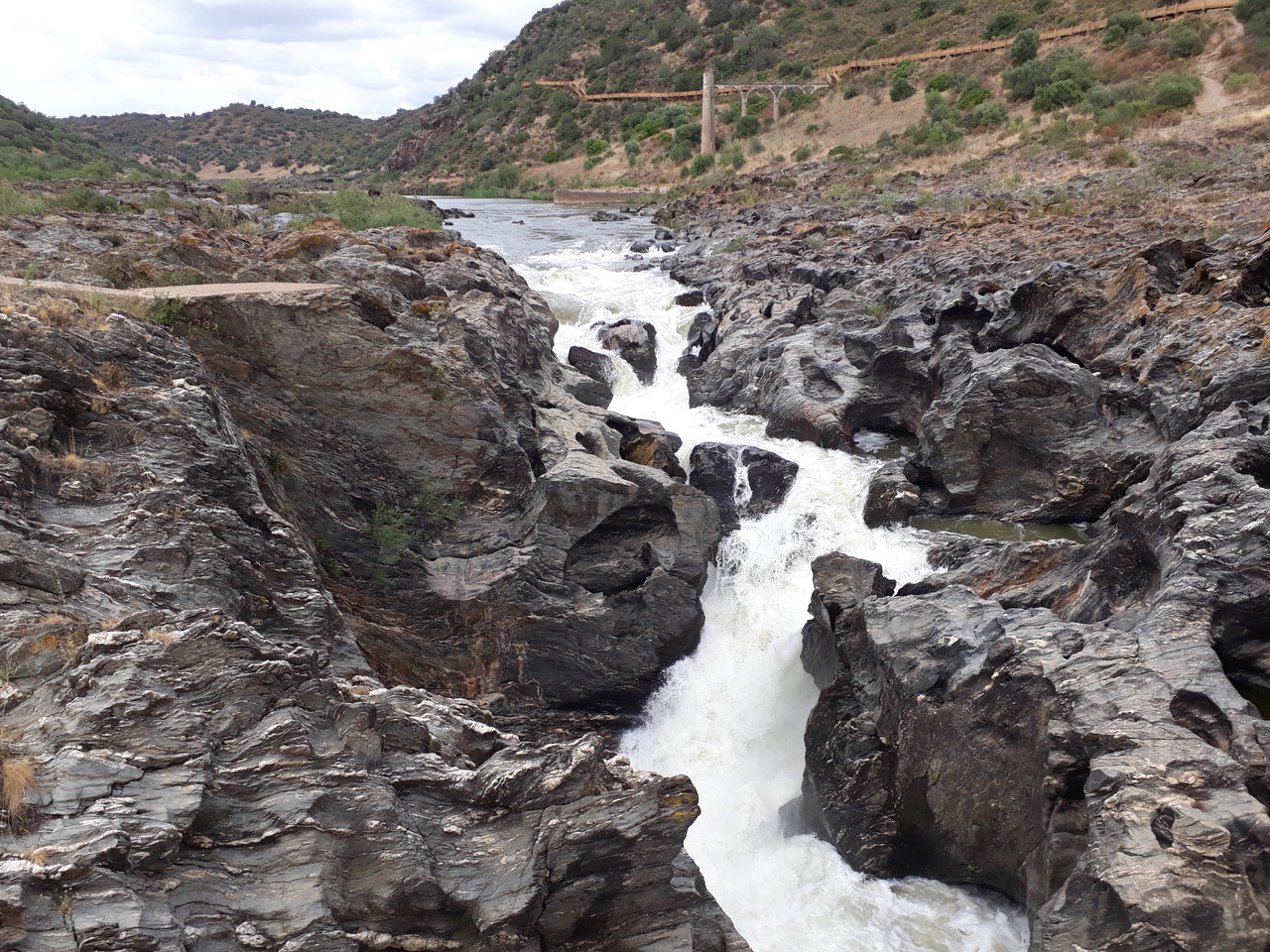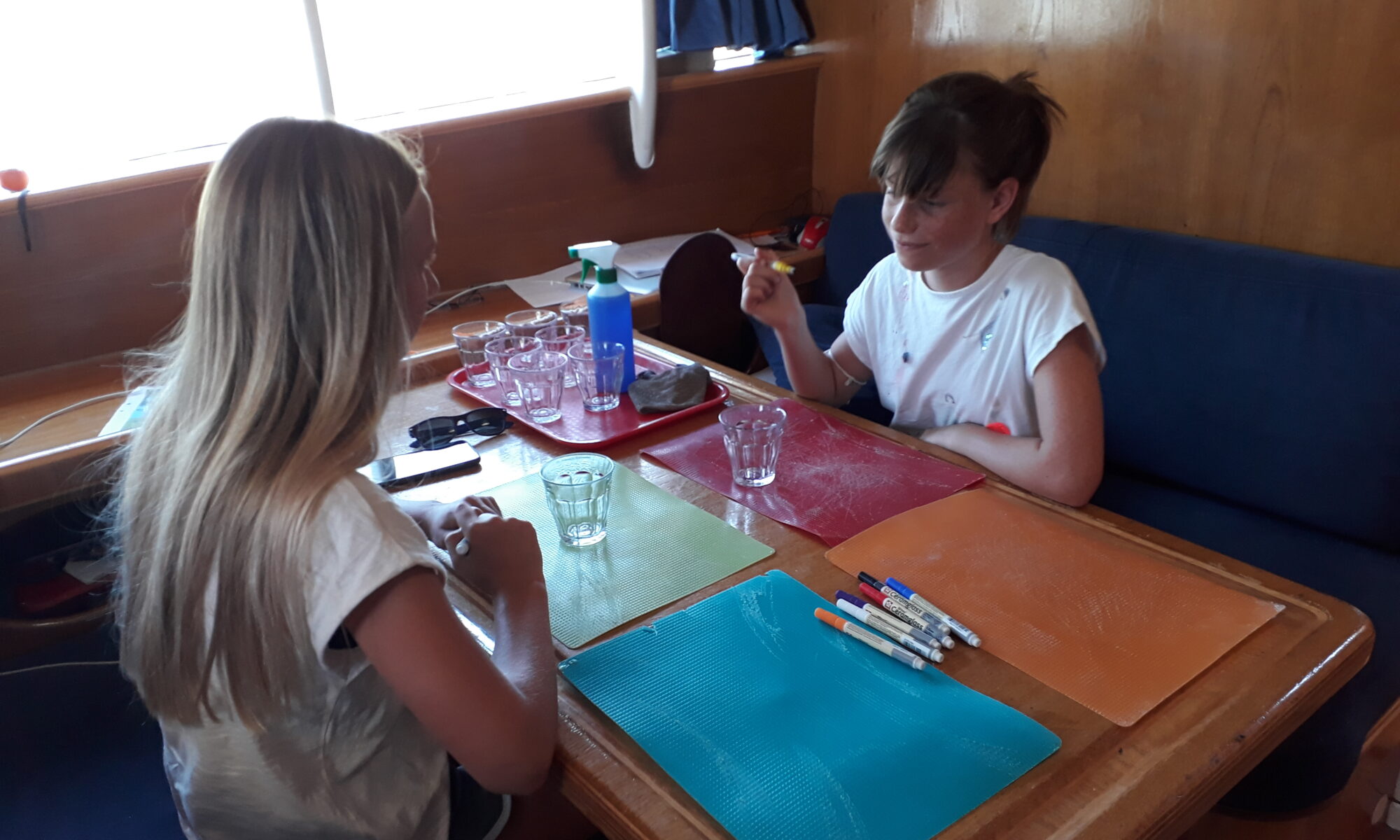Many people say that the cause of the climate change is the overpopulation. It looks like it, but is it? Other say simply: “It is China, by far the biggest polluter!” Or the USA, with the highest CO2 emissions per inhabitant?
Or could it perhaps be us? Like: you and me?
Let’s try to figure this out.
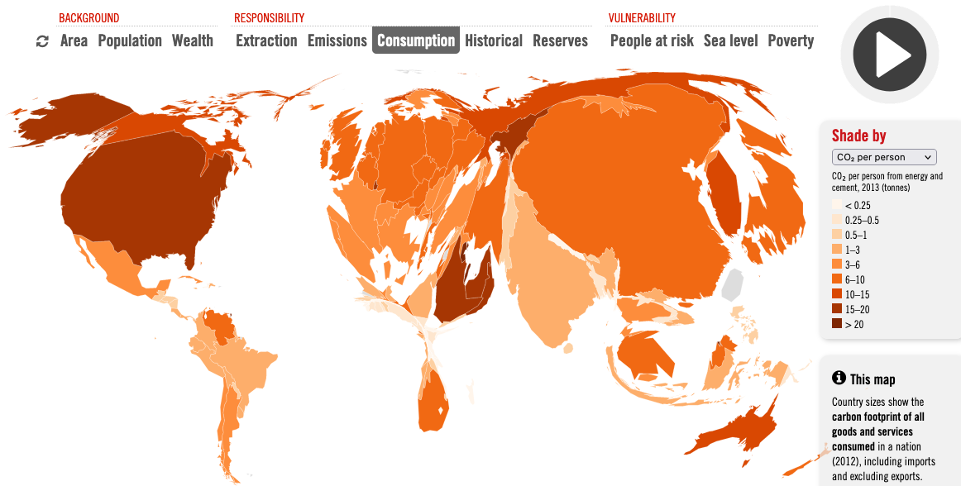
This picture is from an intelligent and creative interactive animation showing which countries of the world get bigger per variable you choose. (Here: consumption per inhabitant). You can play with it on https://www.carbonmap.org/
China is the biggest polluter
China has become the workshop of the world. In 3 decades the energy use for all the upcoming industries has risen exponentially – and so have the CO2 emissions. Did you know that until 2016 they built one coal power plant each week!
Now, China’s CO2 emissions have grown to over 10 billion ton (10.000.000.000.00 kg) per year, and this leaves the USA on a second place with about half of that.
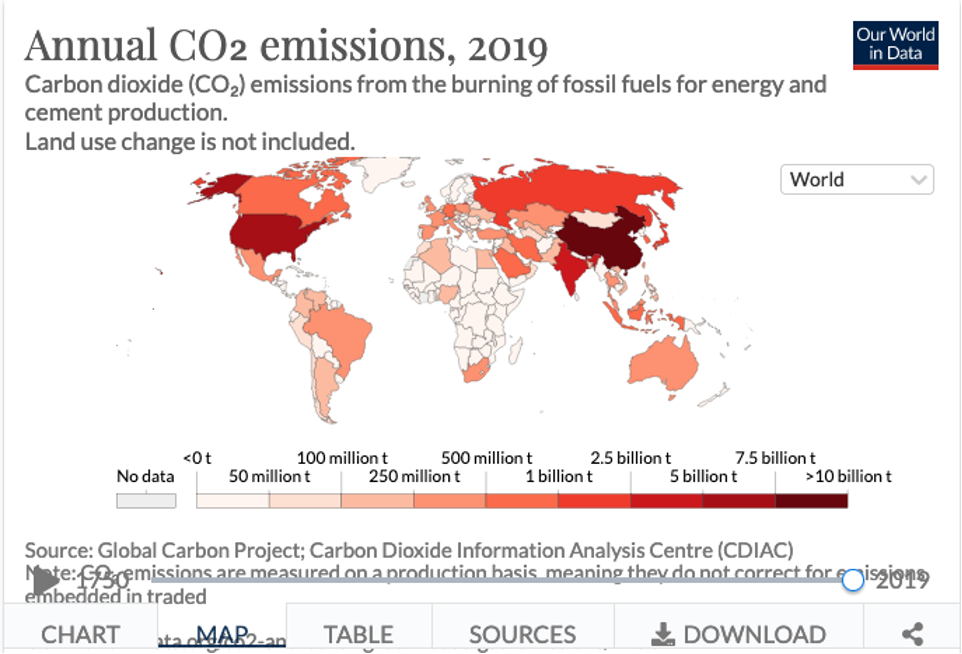
China emits about 1/3 of the world’s CO2 emissions; USA for 1/6. This is an image from a little animation that shows the CO2 emissions per country from the year 1755. Click here: https://ourworldindata.org/grapher/annual-co2-emissions-per-country?
Now we only discuss CO2, but if we take all greenhouse gases, then China and USA share the first place, since USA is emitting a lot of the heavy ones, such as Methane.
Also, it is perhaps fairer to check per inhabitant. Because one should not point a finger to a country’s pollution simply because it has more people.
The wealthiest are the big polluters…
Let us check the statistics on CO2 per inhabitant. The average inhabitant of North America, Arabia and Australia is by far the biggest CO2 polluter with over 16 ton CO2 per year. And the average Chinese is only a small CO2 emittor with 7 ton/year. We leave little states like Mongolia and Kazachstan out of the equasion.
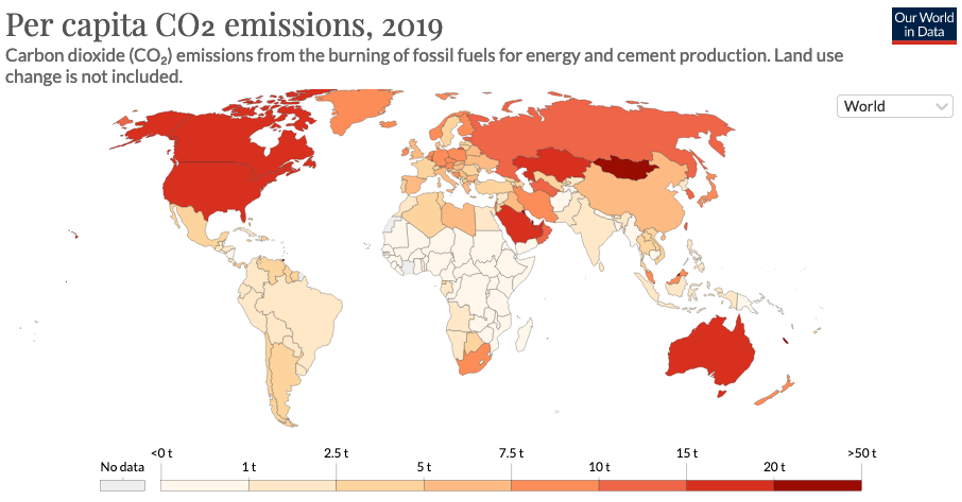
The average North American, Australian and Arabian is a triple A CO2 pollutor with over 16 ton/year. The Chinese do only a small 7 ton. See: https://ourworldindata.org/per-capita-co2 for more stats.
There is one thing catching the eye on these A-states: they have fossil fuels, like gas and oil in their soil. Therefore, the gas and oil is accessible and relatively cheap. The inhabitants of these states also have a high average income.
This easy availability of fossil fuel and these high standards of living create a high carbon footprint. And, it is even higher than you think, if you consider the next:
Importing goods and outsourcing CO2 emissions
In the last decades the wealthier states like USA, Australia and also Europe sized down or even shut down many industries. Now China, with lower wages, has these industries and exports the to wealthier countries where these products are consumed.
So the people with high living standards, buying also stuff from low wage countries like China (and India, Pakistan, et cetera) also create extra CO2 emissions in these states.

This 400 meter mega container ship can take 12000 containers and brings them to the wealthier states like North America, Europe and Australia. About the smoke: did they forget the ‘N’ before its name?
The inhabitant with a high living standard is the big CO2 emitter
We have to conclude that it is the wealthy inhabitant of the USA, Europe, Australia and Arabia who is the most responsible for the creation of CO2 in the Earth’s atmosphere. These people consume goods in big quantity. Most of the consumption leads to direct emissions, but also a big part of it is indirect, through the industries in low wage countries where they get most of their goods from.
Now, could it perhaps be that you live in the USA, Europe or Australia? And do you have a moderate or high income, so you can live on the ‘normal’ high standard? With a house with a room for everyone, with heating and water, a car before it, and free weekends and vacations to go out and consume more?
In that case, you live like we can live. We have high standards of living, so we thought, why not take care for the high issues that are at stake? We can still avoid the worst-case-climate-change-scenarios for our next generation, if we consume less. Or perhaps better expressed: We can consume better, with more conciousnes. Not endlessly eating chips while binge watching on a couch, feeling unsatisfied, but more like enjoying a good, simple meal, cooked with love and care.
A solution on the Ya
What we do at Ya is simple and it works. We can easily and comfortably live and sail fossil free, by doing three things:
- We use only what we need
- We use only what we need
- We use only what we need
So why don’t you do the same? It is a way, a trick, a simple attitude, and it works this way, starting with Refuse:
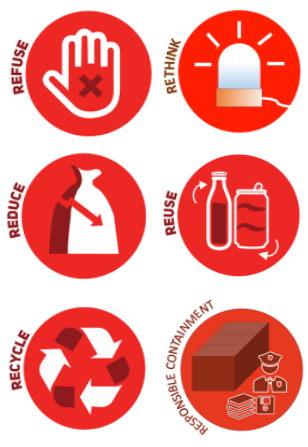
Reduce is where the work begins, Reuse is often repair and remarket.
Recycle is a lot of work and costs, but it prevents the real problem, which is the Responsibly Containment work.
You can find a fairytale on it here.
Now you.
Sources:

